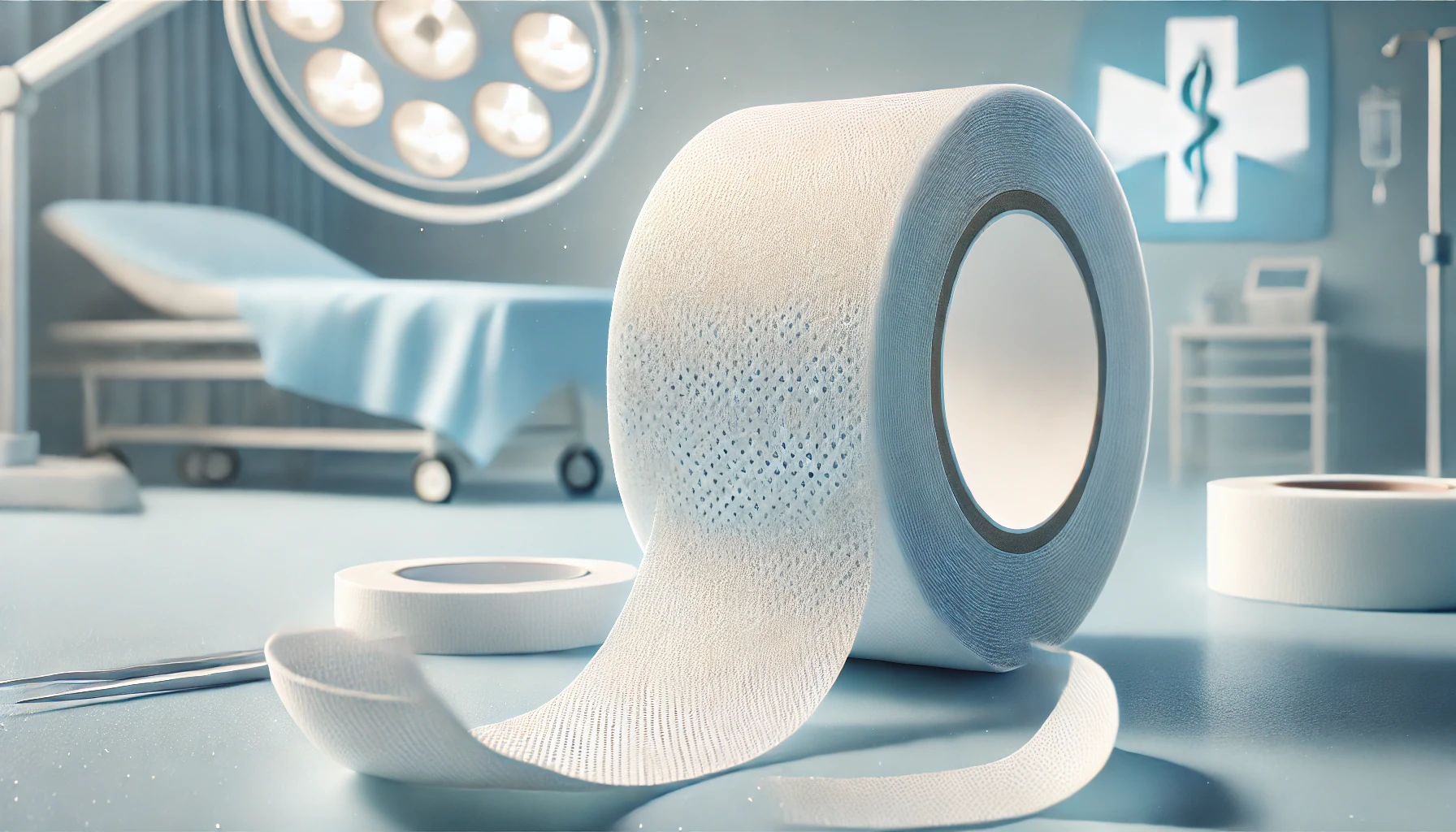Micropore Tape: A Comprehensive Guide 2025
What is Micropore Tape?
Micropore tape is a type of medical adhesive tape that is commonly used for securing dressings, lightweight tubing, and bandages. It is made from a breathable, non-woven fabric that is gentle on the skin, making it ideal for people with sensitive skin or those who need frequent dressing changes.
Benefits of Micropore Tape
1. Gentle on Skin
Micropore tape is designed to be hypoallergenic and non-irritating. It adheres well but does not cause excessive pulling or damage to the skin when removed.
2. Breathable and Comfortable
Unlike traditional adhesive tapes, micropore tape allows air and moisture to pass through, preventing skin maceration and irritation.
3. Easy to Remove
One of the biggest advantages of micropore tape is its easy removal. It does not leave behind sticky residue and can be painlessly removed without causing discomfort.
4. Secure Adhesion
Although it is gentle on the skin, micropore tape provides reliable adhesion, ensuring that dressings and medical devices stay in place.
5. Versatile Usage
It is widely used in hospitals, clinics, and home settings for various medical and non-medical purposes.
Uses of Micropore Tape
1. Securing Wound Dressings
Micropore tape is commonly used to hold gauze and bandages in place, preventing movement and ensuring that wounds remain covered.
2. Fixing Medical Tubing
Healthcare professionals often use micropore tape to secure IV lines, catheters, and other medical tubing to prevent displacement.
3. Surgical Applications
Doctors use micropore tape after surgeries to keep stitches and incisions protected, reducing the risk of infection.
4. Sports and First Aid
Athletes and first aid responders use micropore tape to support minor injuries, such as blisters and abrasions.
5. Cosmetic and Beauty Uses
Many people use micropore tape for cosmetic purposes, such as securing eyelash extensions, lifting facial skin, and even assisting in makeup application.
How to Use Micropore Tape Effectively
1. Clean and Dry the Skin
Before applying micropore tape, ensure that the skin is clean and dry to enhance adhesion.
2. Cut or Tear the Tape
Use scissors or tear the tape by hand to the required length.
3. Apply with Gentle Pressure
Press the tape firmly but gently onto the skin to secure it in place.
4. Remove Carefully
Peel the tape off slowly in the direction of hair growth to avoid skin irritation.
Precautions When Using Micropore Tape
- Avoid Broken or Irritated Skin: Do not apply micropore tape directly on open wounds or broken skin.
- Monitor for Allergic Reactions: Though hypoallergenic, some individuals may still experience irritation. Discontinue use if redness or itching occurs.
- Use the Right Size: Choose a width that suits your specific need to ensure proper adhesion and coverage.
Choosing the Best Micropore Tape
1. Material
Look for soft, non-woven fabric that is gentle and breathable.
2. Adhesive Strength
Ensure that the tape has good adhesion while still being easy to remove.
3. Width and Length
Select a size that best suits your application, whether for small dressings or larger coverage.
4. Brand Reputation
Opt for trusted brands such as 3M or Nexcare, known for their high-quality medical tapes.
Conclusion
Micropore tape is an essential medical supply used for wound care, surgical dressings, and various other applications. Its breathable, gentle, and reliable adhesion makes it a preferred choice for healthcare professionals and individuals alike. By choosing the right tape and following best practices, you can ensure safe and effective use.
If you need a reliable, skin-friendly medical tape, micropore tape is a great option to consider!


Post Comment